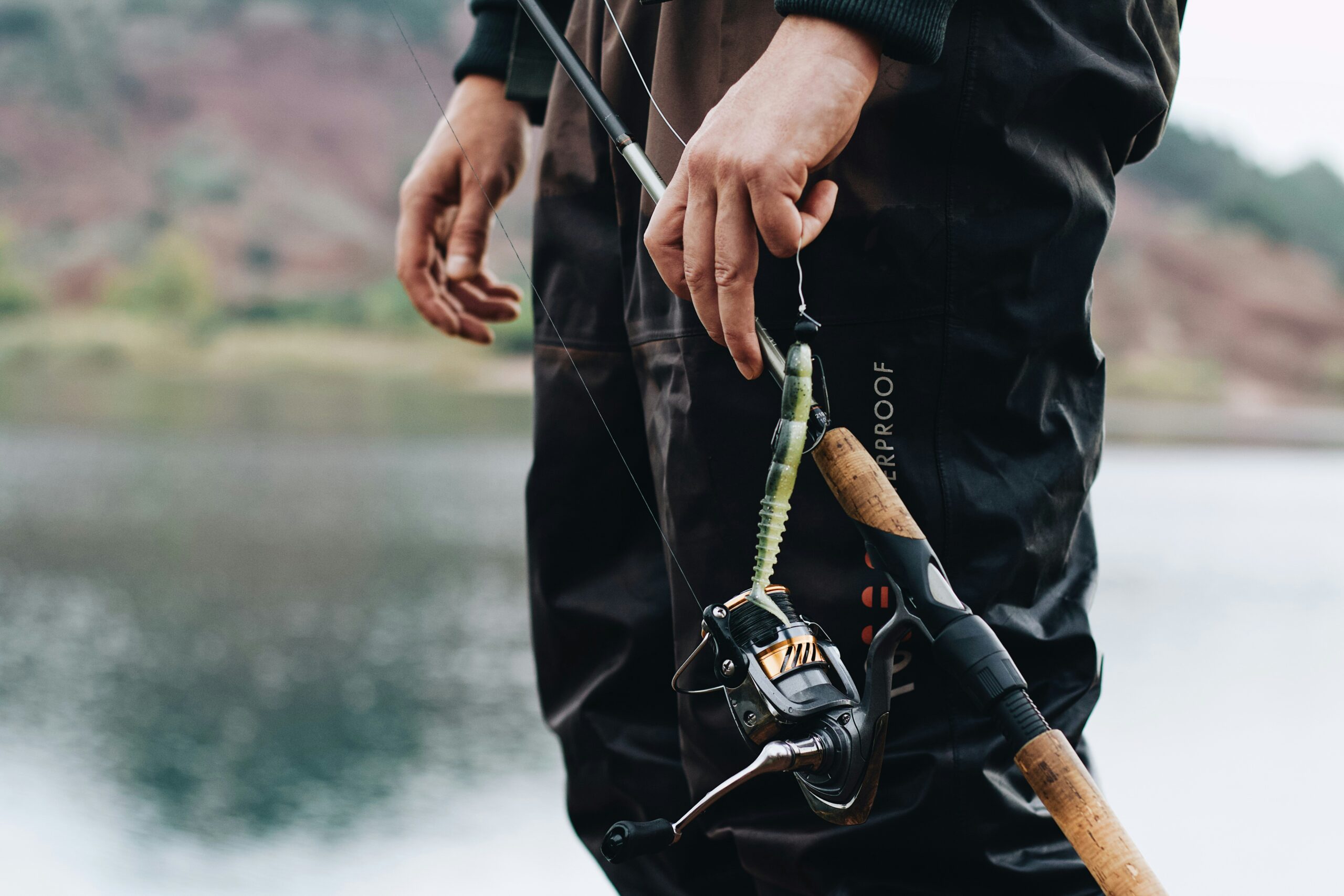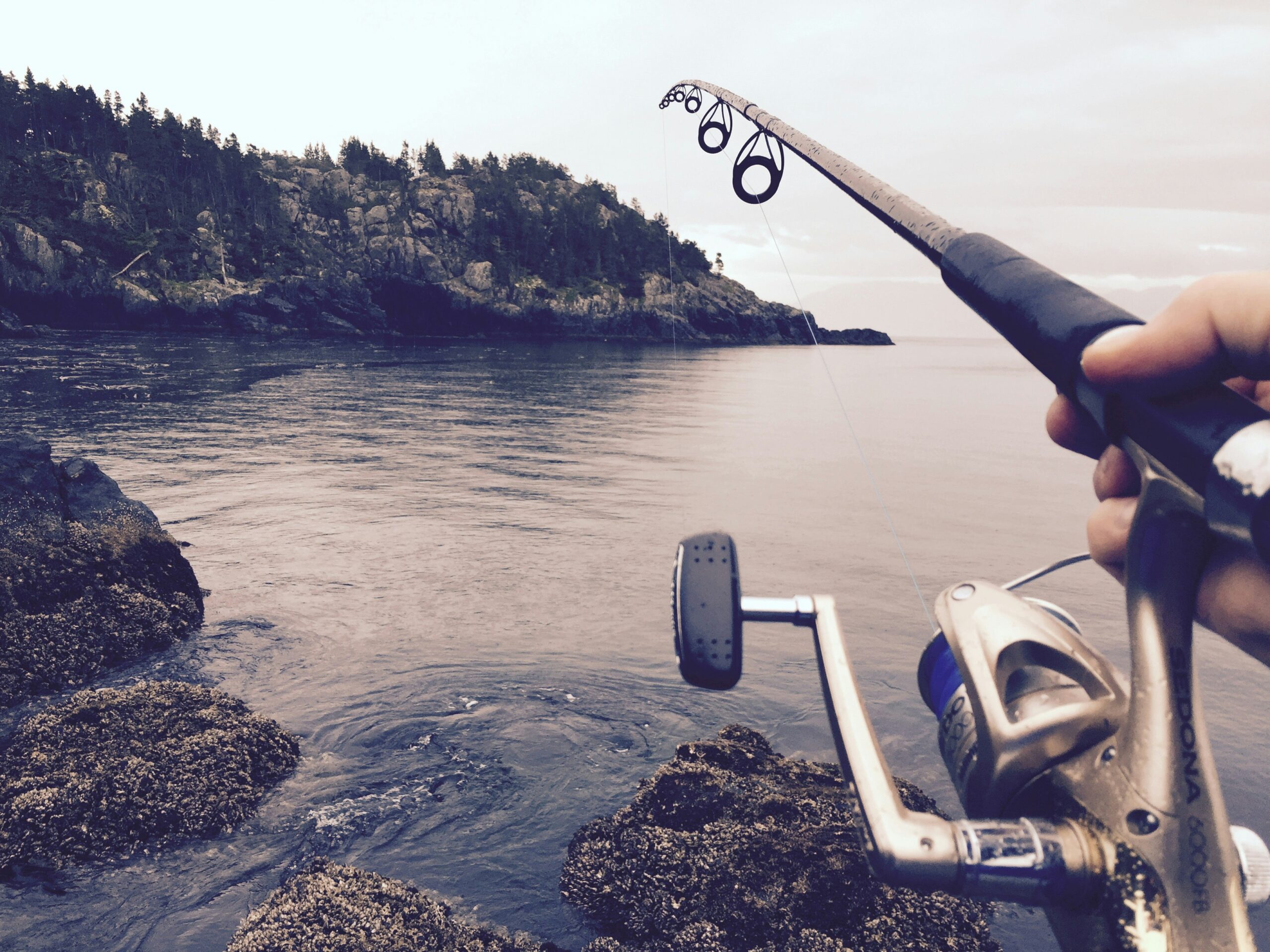How to Become a Fishing Guide: Step-by-Step Guide to Skills, Certification, and Growing Your Business
I’ve always loved the thrill of casting a line and waiting for that first tug. Turning this passion into a career as a fishing guide sounded like a dream come true. If you feel at home on the water and want to share your knowledge with others a fishing guide job could be the perfect fit.
Becoming a fishing guide isn’t just about knowing where the fish bite. It’s about creating memorable experiences for clients and building a reputation for reliability and expertise. If you’re ready to turn your fishing skills into a rewarding profession I’ll walk you through what it takes to get started.
Understanding the Role of a Fishing Guide

Fishing guides take clients on guided trips, helping them catch species like bass, trout, or salmon. My responsibilities always extend beyond the act of fishing.
Key Responsibilities of a Fishing Guide
| Task | Contextual Example |
|---|---|
| Locating Fish | Finding active fish in lakes, rivers |
| Teaching Techniques | Demonstrating casting, bait rigging |
| Operate Watercraft | Driving motorboats, steering drift boats |
| Safety & Regulation Review | Explaining life jackets, local laws |
| Equipment Preparation | Organizing rods, lines, tackle |
| Customer Service | Sharing local stories, answering questions |
Safety stays essential, with tasks like checking weather, inspecting gear, and managing emergencies. Strong communication prevents misunderstandings, directly connecting guides and clients throughout each trip.
Essential Skills and Qualifications

Expertise builds trust with clients and ensures safety on each trip. Precision in skillset and credentials enhances my success and reputation in fishing guide careers.
Fishing Knowledge and Experience
Knowledge of local fish species, seasonal patterns and effective techniques helps me create rewarding trips. Experience with different gear and lures lets me adapt to changing conditions. Understanding lake, river or coastal environments—such as tide changes or spawning habits—allows me to maximize catches.
Core Areas of Fishing Expertise
| Area | Description | Example |
|---|---|---|
| Species Identification | Recognizing fish by type, size and behavior | Bass, trout, redfish |
| Watercraft Operation | Safely maneuvering boats and kayaks in all conditions | Jon boats, pontoons |
| Local Regulations | Complying with state and federal fishing rules | Bag limits, size limits |
| Equipment Preparation | Maintaining tackle, rods and electronics for optimal performance | Spinning reels, sonar |
Customer Service and Communication Skills
Clear explanations during instruction sessions build client confidence. Listening attentively to guests’ goals helps me tailor trips for families, beginners or seasoned anglers. Remaining patient and positive—even during slow days—keeps experiences enjoyable.
Interpersonal Abilities Table
| Skill | Context in Guide Work | Example |
|---|---|---|
| Active Listening | Understanding preferences or concerns | Adjusting techniques for kids or novices |
| Conflict Resolution | Handling equipment issues or disputes | Mediating between guests on group trips |
| Storytelling | Sharing useful, engaging angling insights | Providing local fishing lore |
Required Certifications and Licensing
Obtaining licensing and first aid certification demonstrates my professionalism and credibility. Requirements differ by state, region and water bodies, so I check local authorities and agencies.
Sample Certification Checklist
| Certification | Issuing Body | Common Requirement For Guides |
|---|---|---|
| Guide License | State wildlife/fishing agency | Yes (all commercial guides) |
| Boater Safety Card | State boating commission | Required if operating motor watercraft |
| CPR/First Aid | Red Cross or similar | Essential for client safety |
| Commercial Insurance | Private insurers | Recommended for liability protection |
Steps to Becoming a Fishing Guide
Steps for entering the fishing guide profession focus on practical experience, acquiring the right gear, and building trusted relationships. I combine each step with direct actions to streamline the process from enthusiasm to expertise.
Gaining Experience on the Water
Experience from time spent fishing in different locations builds the foundation for all my guide activities. I learn fish behavior, navigation tactics, and seasonal patterns by logging trips on lakes, rivers, and coastal waters. I shadow experienced guides, participate in local tournaments, and join fishing clubs to gain more insight.
Water Experience Checklist
| Activity | Purpose | Example |
|---|---|---|
| Shadowing local guides | Observe techniques, safety | Join local charter once |
| Joining clubs | Learn from peers, share tips | Bass Anglers club meeting |
| Competing in tournaments | Hone strategy, quick learning | Regional trout derby entry |
| Fishing in varied waters | Gain diverse species knowledge | Mountain streams and lakes |
Acquiring Necessary Equipment
Guide equipment includes reliable watercraft, quality rods and reels, and safety gear. I secure items that fit local conditions, like shallow-draft boats for rivers or larger vessels for saltwater trips. Essential personal gear includes weather-appropriate clothing, polarized sunglasses, and advanced fish finders.
Fishing Guide Starter Equipment Table
| Equipment | Description | Importance |
|---|---|---|
| Boat/Watercraft | Stable, guide-certified | Essential |
| Fishing tackle | Rods, reels, lines, lures | High |
| Safety kit | Life vests, first aid | Mandatory |
| Electronics | GPS, sonar/fish finders | Recommended |
| Client gear | Extra rods, rain gear | Value Add |
Building a Professional Network
A robust network of local anglers, bait shops, marinas, and outdoor organizations supports career growth. I attend industry expos, engage with regional tourism boards, and maintain active social media profiles featuring my trips and client feedback. Referrals and positive client reviews from these connections increase my credibility and attract bookings.
Marketing Yourself as a Fishing Guide
Effective marketing connects me with new clients and builds my reputation as a trustworthy fishing guide. Strategic online activity, consistent branding, and strong client feedback make a measurable impact on my business growth.
Creating an Online Presence
A professional online presence helps me reach anglers seeking memorable fishing experiences. I secure a distinct domain name, such as “MyNameFishingGuide.com,” to create a dedicated website. On this site, I include details about my guiding services, trip options, license information, and recent fishing reports. Clear photos of recent trips, angler successes, and the local landscape build trust with potential clients.
Including a pricing table makes my offerings transparent:
| Service Type | Duration | Price (USD) | Inclusions |
|---|---|---|---|
| Half-Day Trip | 4 hours | $250 | Tackle, bait, safety gear |
| Full-Day Trip | 8 hours | $450 | Lunch, tackle, photos |
| Group Charter | 6 hours | $600 | Up to 4 people |
I optimize my website for mobile users and search terms like “fishing guide near me.” Adding a blog with local fishing updates and safety tips drives organic traffic and positions me as an expert.
Key website components:
- Photo gallery of catches and equipment
- Client testimonials and reviews section
- Real-time trip booking calendar
Leveraging Social Media and Reviews
Active social media profiles on Instagram, Facebook, and YouTube increase my visibility. I post trip highlights, share quick how-to videos on knot-tying or lure selection, and run seasonal promotions like “Spring Bass Special.” Consistent posting on stories and reels maximizes engagement.
I encourage every client to leave reviews on platforms such as Google, TripAdvisor, and Yelp. Promptly thanking clients for positive feedback and resolving concerns in public responses shows reliability.
Sample social media content schedule:
| Platform | Content Theme | Posting Frequency | Example Topic |
|---|---|---|---|
| Trip photos, stories | 3x weekly | “Catch of the Week” highlight | |
| Client reviews, Q&A | 2x weekly | Guide tips for beginners | |
| YouTube | Tutorial videos | 2x monthly | Lure selection for spring |
I collaborate with outdoor brands, fishing bloggers, and local tackle shops for giveaways or guest spots, extending my reach to new audiences.
Managing Your Fishing Guide Business

Successful fishing guide businesses rely on efficient operations and consistent client satisfaction. I focus on clear booking processes, financial tracking, and safety practices to enhance each client’s experience.
Handling Bookings and Finances
Effective booking management and financial organization let me maintain credibility and streamline operations. I use online booking tools like Acuity Scheduling or Square Appointments to allow clients to reserve trips, view availability, and receive automatic confirmations. Secure payment processors such as PayPal, Stripe, or Square enable clients to pay deposits and balances conveniently.
I track expenses, revenue, and taxes using accounting software. QuickBooks and FreshBooks help me generate invoices and monitor cash flow. For continued business health, I review earnings and costs monthly to adjust pricing or offerings as local demand fluctuates.
Typical Fishing Guide Business Expenses and Income
| Category | Monthly Cost Range | Example Items |
|---|---|---|
| Boat Maintenance | $100 – $500 | Engine upkeep, cleaning, repairs |
| Fuel | $150 – $400 | Gasoline, oil |
| Equipment Upkeep | $50 – $300 | Rods, reels, tackle replacement |
| Insurance | $75 – $200 | Liability, marine policy |
| Marketing | $25 – $150 | Website hosting, ads, printing |
| Licenses/Permits | $10 – $50 | State, federal, local licenses |
| Average Trip Revenue | $250 – $800 | Full-day or half-day guided trips |
Systematic financial control positions my business for sustainability and clear tax reporting.
Ensuring Client Safety and Satisfaction
Effective client safety and satisfaction protocols protect my reputation and foster repeat business. Before every trip, I check emergency equipment—life jackets, first aid kits, flares—and confirm that weather and water conditions meet state safety guidelines. I always review safety briefings with clients, describing vessel entry/exit, emergency procedures, and gear use.
Throughout each trip, I check on client comfort, hydration, and preferences for fishing techniques. When clients catch fish, I help with safe handling, photographs, and catch-and-release or legal retention as appropriate. I collect feedback post-trip using digital surveys or review requests via email to measure my service performance and make targeted adjustments.
Checklist: Pre-Trip Safety & Client Prep
- Inspect all safety gear (life jackets, radios, first aid)
- Review weather forecasts and water conditions
- Explain all boat and fishing safety protocols
- Collect emergency contact information
- Discuss client expectations and experience levels
- Prepare snacks, water, and weather-appropriate gear
I continually refine my approach based on feedback, maintaining strong client relations and robust safety records.
Conclusion
Becoming a fishing guide has given me a chance to share my love for the outdoors while helping others create unforgettable memories on the water. Every trip brings new challenges and rewards that keep me passionate about what I do.
If you’re ready to turn your fishing skills into a rewarding career there’s never been a better time to take the leap. With dedication and the right approach you can build a successful business and inspire others to appreciate the beauty and excitement of fishing.
Frequently Asked Questions
What qualifications do I need to become a fishing guide?
To become a fishing guide, you typically need in-depth fishing knowledge, strong communication skills, and key certifications such as a state guide license, boater safety card, and CPR/First Aid certification. These qualifications show professionalism and ensure client safety.
What are the main responsibilities of a fishing guide?
A fishing guide is responsible for locating fish, teaching fishing techniques, operating watercraft, preparing equipment, ensuring safety, following regulations, and providing excellent customer service. Creating memorable experiences and adapting to client skill levels are also important.
How do I gain experience as an aspiring fishing guide?
You can gain experience by logging fishing trips in diverse locations, shadowing seasoned guides, and participating in local fishing tournaments. These activities help build your knowledge, skills, and reputation in the fishing community.
What kind of equipment do I need to start a fishing guide business?
Essential equipment includes a reliable watercraft, high-quality fishing tackle, life jackets, first aid kits, safety gear, and navigation tools. Having well-maintained gear ensures a safe and enjoyable experience for your clients.
Do I need a website or social media presence as a fishing guide?
Yes, creating a professional website and maintaining active social media accounts help attract new clients and build your reputation. Share service details, pricing, testimonials, and engaging content to enhance visibility and credibility.
How can I attract more clients as a new fishing guide?
Network with local anglers, bait shops, and outdoor organizations. Encourage satisfied clients to leave positive reviews, collaborate with outdoor brands, and consistently share helpful content online to reach a larger audience.
What are typical expenses when running a fishing guide business?
Common expenses include equipment purchase and maintenance, fuel, licenses, insurance, website hosting, marketing, and safety gear. Managing these costs and tracking income is essential for a successful business.
How do fishing guides ensure client safety?
Fishing guides perform pre-trip safety checks, provide necessary safety gear, brief clients on safety protocols, and maintain certifications like CPR/First Aid. Prioritizing safety enhances client trust and ensures a secure experience.
Why is environmental stewardship important for fishing guides?
Promoting conservation and sustainable practices helps preserve local fish populations and ecosystems. Educating clients about responsible fishing benefits both the environment and the long-term success of your guide business.
